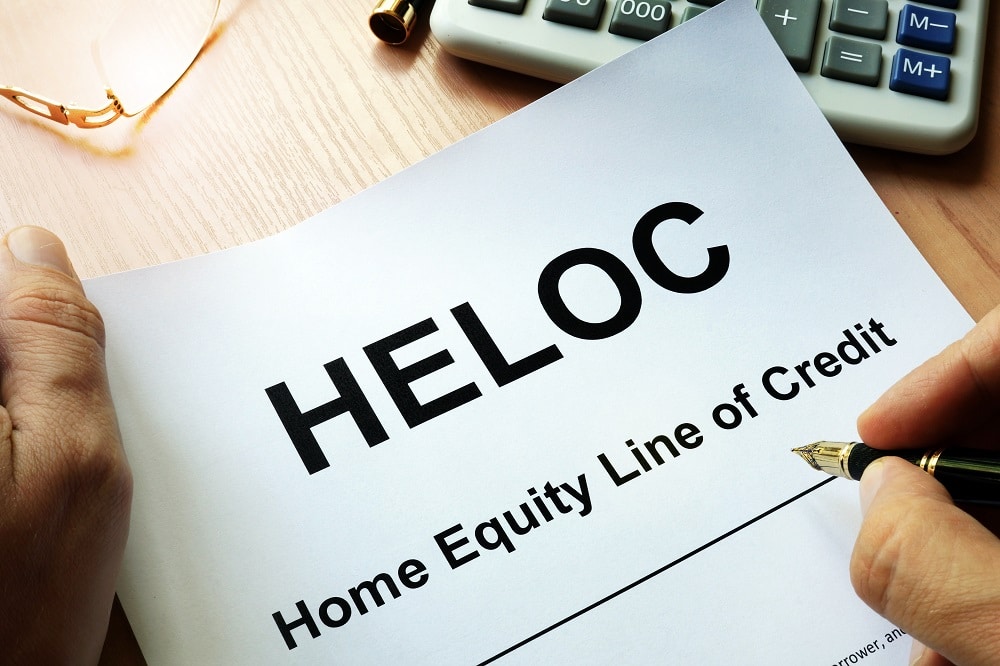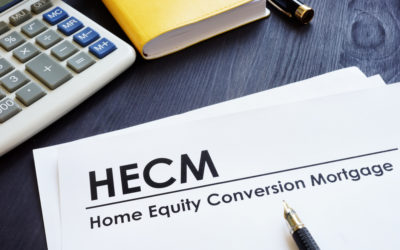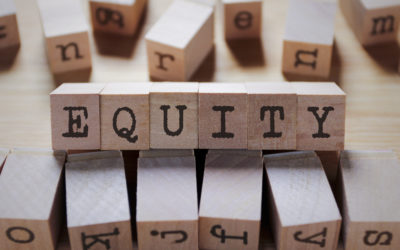qual
Most properties and houses have a great deal of equity that can be tapped for funds in a variety of different ways. When you need to secure funds for retirement or cover surprise medical expenses, your home may be the first place you look to for relief. If you’re a homeowner over the age of 62, you may consider applying for several different options that allow you to tap into the equity in your home: a Home Equity Loan, a Home Equity Line of Credit (HELOC) or a Reverse Mortgage.
Let’s compare these financial tools to help you determine which option might be right for you. Click on the links below to jump to the section you’re looking for:
How Does a Reverse Mortgage Compare to a Home Equity Loan?
As with a standard home equity loan, a reverse mortgage allows you to borrow against your home’s existing equity. However, there are important differences that could make a reverse mortgage a better choice for you. 
No Monthly Payments with a Reverse Mortgage
Home equity loans require monthly payments—reverse mortgages don’t. If you’re drowning in debt from your first mortgage, a reverse mortgage may be used to payoff that mortgage and increase your cashflow. Ultimately, you don’t need to repay your reverse mortgage loan until it matures, as long as you pay your property taxes, keep up with homeowner’s insurance requirements, and adequately maintain your property.
You Can Stay in Your Home
One of the most appealing aspects of reverse mortgages is that you are allowed to stay in your house for as long as you live. Reverse mortgages will never force you out of your home, they are designed to keep you in your home forever. A reverse mortgage only becomes due in the event of certain life events: you sell your home, you permanently move out, or you pass away. Even if you never make a single payment on the reverse mortgage, you can remain in your home, as long as you meet your loan obligations.
Different Loan Requirements
To qualify for a reverse mortgage, you must be age 62 or older and have enough equity in your home to pay off any existing liens against your property. Read more about reverse mortgage eligibility here. To qualify for a home equity loan, there’s no age requirement, but you’ll likely need good to excellent credit history and have at least 20% equity in your property.
Reverse Mortgage vs HELOC
How does a reverse mortgage stack up against a HELOC? Let’s take a look: 
How to Qualify
A HELOC and reverse mortgage have different qualification standards. To qualify for a reverse mortgage, you need to be 62 or older, own your home, and have enough equity in your property. You may also need to meet certain credit and income requirements. To qualify for a HELOC, lenders will likely complete an in-depth analysis of your finances, examine any assets you have, and determine your home value. Your lender will also examine your current debt-to-income ratio in order to determine if you can afford to make payments on your loan.
Due Date for Your Loan
A reverse mortgage doesn’t have a set due date, but rather, becomes payable once it has matured. Your reverse mortgage will mature after certain events, including:
- The last borrower moves out of the home
- The home is sold
- The last surviving spouse passes away
In contrast, a HELOC’s repayment begins at the end of the draw period, which as mentioned, typically tops out at 10 years, after which you’ll need to repay the loan or refinance.
Required Loan Payments
A reverse mortgage requires no monthly mortgage payments until the loan matures. This frees up the cash flow you may need to supplement your retirement income. A reverse mortgage also might help you pay off your first mortgage so you have more cash flow each month. A HELOC requires regular payments. You’ll have to make interest payments during the draw period, and then you’ll need to pay the principal and interest once your loan becomes due.
How Does a HELOC Compare to a Home Equity Loan?
HELOCs and home equity loans are similar in the sense that you are borrowing against your home equity using both. However, there are some key differences you should take care to understand.
Understanding HELOC
A HELOC works in a similar fashion to a credit card; a lender provides a line of credit with an agreed upon term. Unlike a standard mortgage loan, a HELOC is set up for a specified maximum draw, not a fixed dollar amount. For example, using a standard mortgage you might borrow $175,000, which would be paid out in its entirety during closing. Using a HELOC, your lender promises to advance you up to $175,000, at any time of your choosing during the draw period. You are able to draw on the line by using a linked credit card or writing out a check, among other ways depending on the specifics of the HELOC lender. The collateral for the loan is the borrower’s home or property. HELOCs don’t provide the borrower the entire lump sum upfront, but rather extend a line of credit. The funds are accessible within a set amount of time called the draw period, which typically ranges from 5 to 10 years. During the draw period, you’ll pay interest on the funds, but only on the money you actually withdraw. Because HELOCs are adjustable loans, your monthly payment will change as interest rates fluctuate. With that said, some financial institutions do offer fixed-interest rate HELOCs which may require minimum withdrawal amounts. Following the draw period, you’ll enter a repayment period, which for HELOCs typically spans 10 to 20 years. During this time, the borrower must make payments to the principal equal to the balance at the end of the draw period, dividing by the number of months set up in the repayment period, in addition to interest. Note: Certain HELOCs, however, will require a borrower to repay the entire balance at the close of the draw period, which means the borrower must then refinance or pay back the balance.
Understanding a Home Equity Loan
What’s different about home equity loans? A home equity loan is a term loan which provides the borrower with a one-time, lump sum payment of loan funds. The loan can then be repaid over a fixed term, at a fixed interest rate, meaning your monthly payments won’t change. When you take out a home equity loan, a lien is placed against your home, decreasing the equity of the property in exchange for cash proceeds which need to be repaid when the home is sold or at the end of the loan term. The equity in your home, your credit score, and your income can all affect the amount of money you receive from a home equity loan, but interest rates on home equity loans tend to be lower than those of HELOCs. Seniors who need short-term cash flow for a one-time event and want the security of a fixed rate loan may choose to apply for a home equity loan over a HELOC, especially if they’d prefer to receive their cash in a lump sum.
Bottom Line: Which Is Best?
Three different options, but there’s no single answer. Depending on your needs, one of these loan solutions could be right for you. If you’re considering a reverse mortgage after comparing your options, let us help. GoodLife is here to set you up with the ideal reverse mortgage loan to secure your financial future and set you up for success. Rest easy knowing that you can comfortably remain in your home for the rest of your life, as long as you keep up with your loan obligations.
If you have any questions regarding how a reverse mortgage works or if you qualify, our advisors are eager to answer any and all of your questions. Take charge of your financial future and learn more about a reverse mortgage loan today.

 1-866-840-0279
1-866-840-0279



